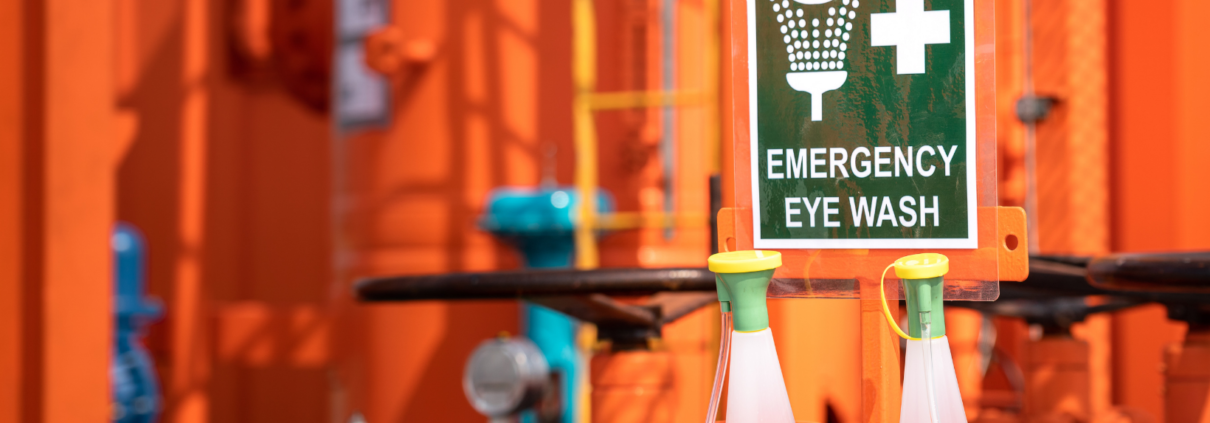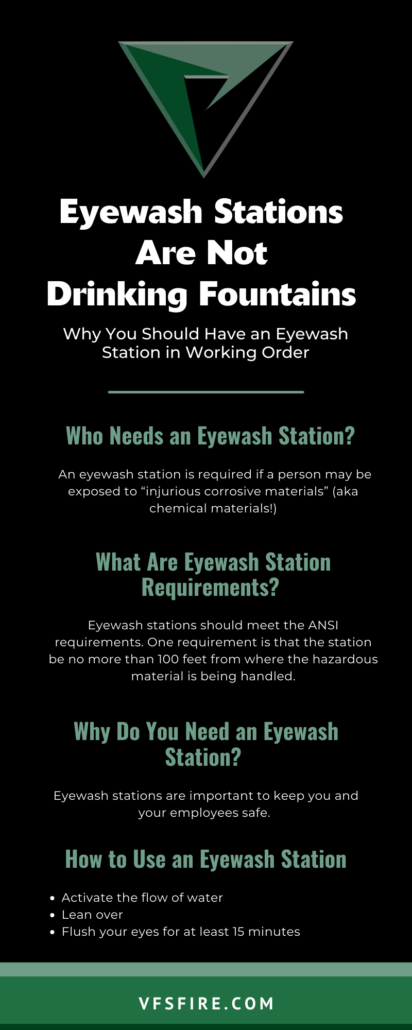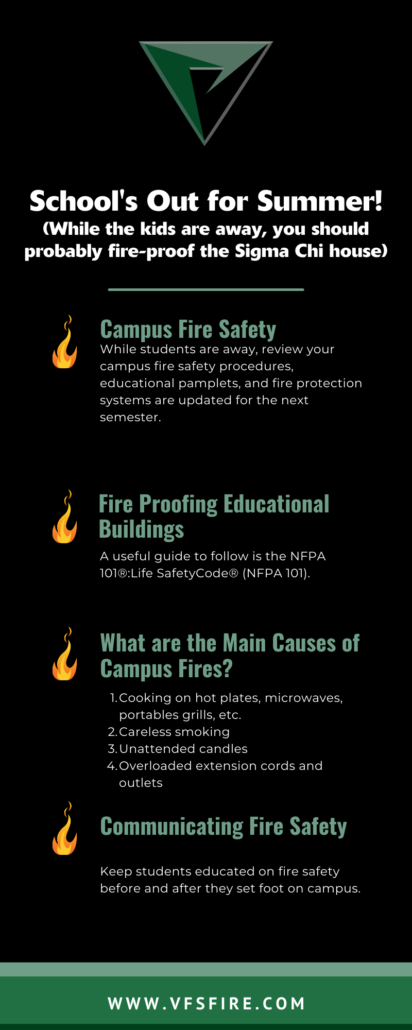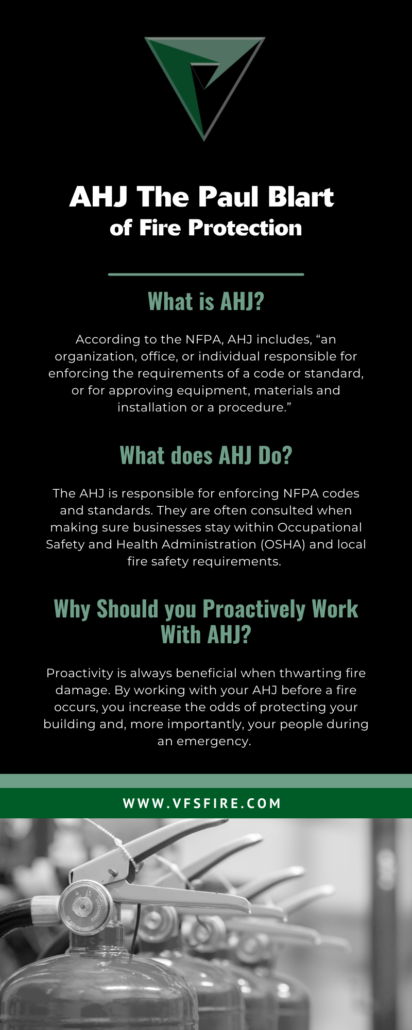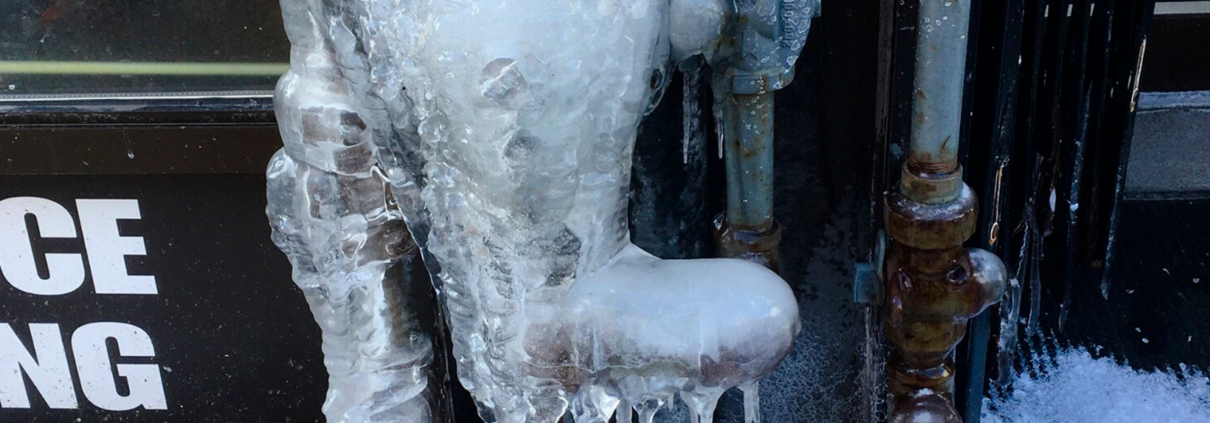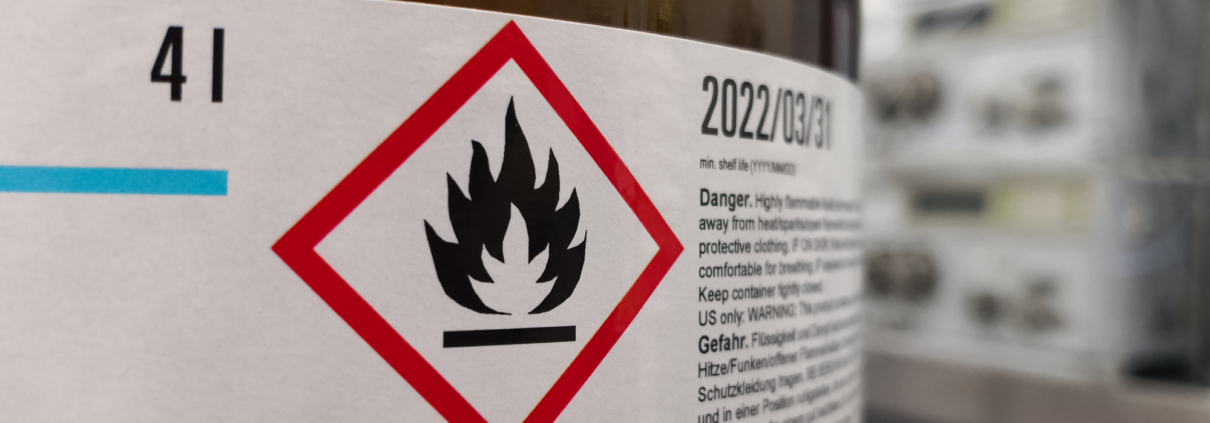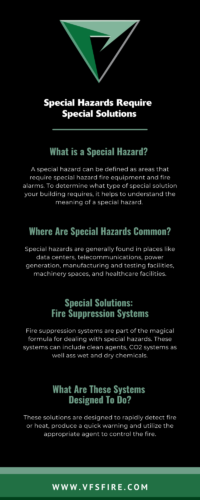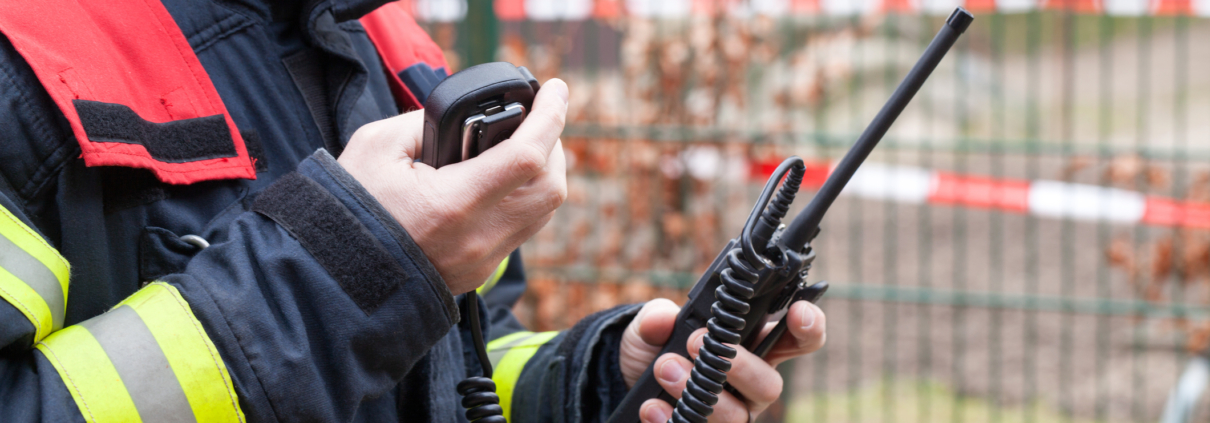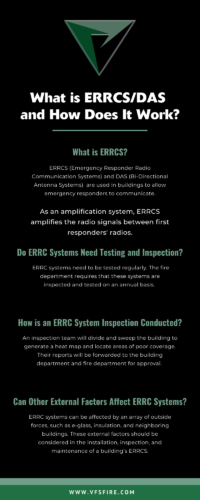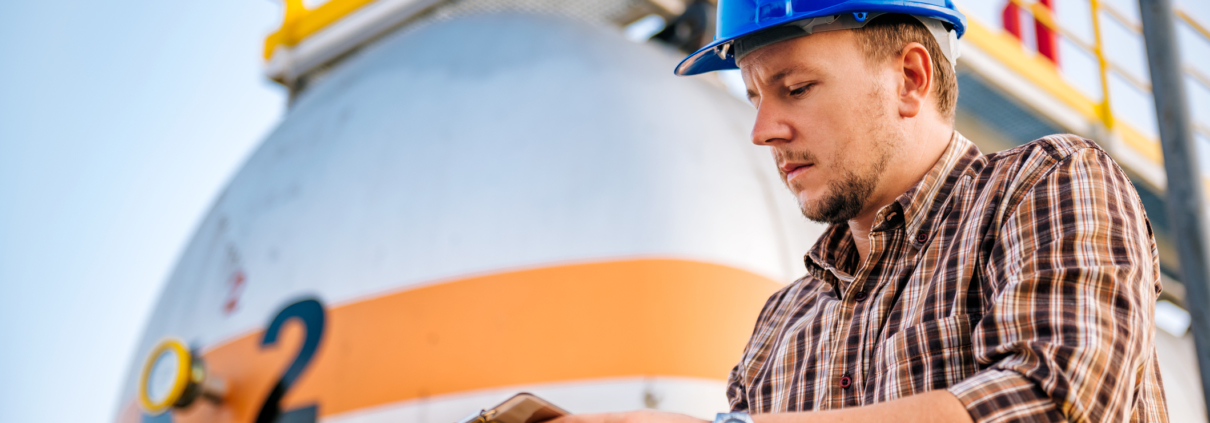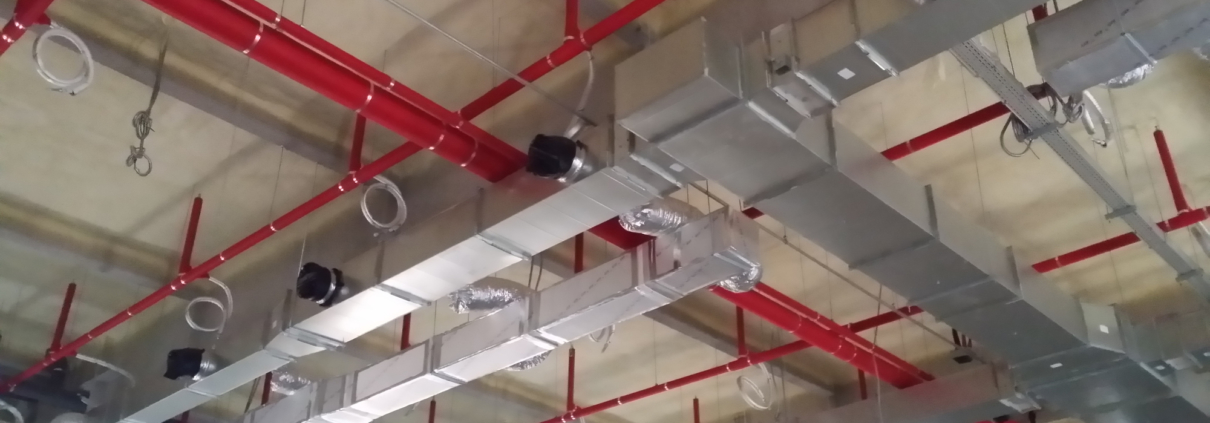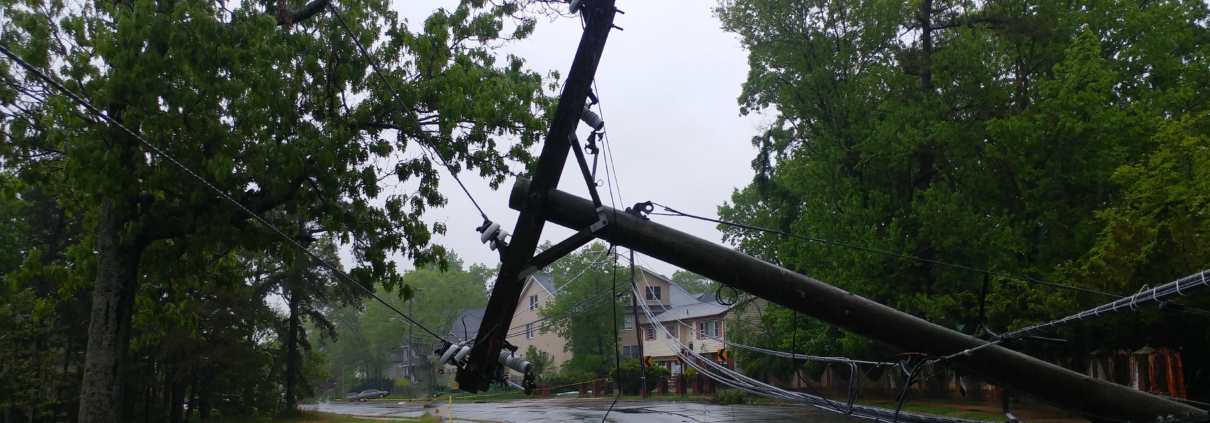Hospitals and other healthcare facilities face a unique set of challenges in an emergency, such as mobility issues with patients, additional obstacles with emergency evacuation, and a large staff to inform of safety protocols.
This is why sound and communication systems in healthcare buildings are essential in protecting property and residents in the event of an emergency.
Sound and communication systems serve to protect property and residents as well as combat these challenges in the event of an emergency.
Let’s discuss a few sound and communication systems, how they work, and how they can be used for the safety of residents in healthcare facilities.
ERRCS and DAS
ERRCS stands for Emergency Responder Radio Communication Systems, also known as Bi-Directional Antenna Systems, or DAS.
ERRCS and DAS are similar; both systems are used within commercial and residential buildings to allow emergency responders to communicate with each other via two-way radio.
Why Are ERRCS and DAS Important?
During the September 11th attacks in New York City, emergency responders struggled to communicate with each other in rescue and recovery efforts.
These difficulties, such as full radio communication failures, made the first responders inside buildings lose contact with dispatch and fire crews outside. Ultimately, these communication issues risked the lives of the first responders and hindered their rescue efforts.
The communication failures on 9/11 raised awareness of the need for tools that would allow responders to communicate during an emergency. Since 9/11, these systems have become a critical priority for commercial building owners.
How Do ERRCS and DAS Work?
ERRCS and DAS are made of distributed antennas that are installed within a building to amplify particular radio and/or cellular signals ensuring the highest functioning communication for first responders.
These antennas receive external public safety radio signals and retransmit them within the building to ensure penetration in all areas of the building including stairwells, elevators, basements, and other heavily shielded areas.
As an amplification system, ERRCS amplifies the radio signals between first responders’ radios during an emergency.
Read on to learn more about ERRCS and DAS and how they are crucial in protecting lives and your building.
Area of Refuge
Like an intercom system, an area of refuge two-way communication system ensures that healthcare buildings have a way for individuals to call for help in the instance of an emergency.
These systems are also used in schools, commercial buildings, and other public venues.
How Do Areas of Refuge Work?
Areas of refuge provide a location for building occupants to assemble by an exit and await assistance. These residents may require assistance for a variety of reasons, such as difficulty using stairs or other disabilities.
With these difficulties in mind, these systems were designed to provide hands-free, two-way communication with intelligible audio and visible signals to indicate communication has occurred. These features will allow patients and staff to more easily communicate and receive the assistance they need in the event of an emergency.
Voice Paging and Intercom
Voice paging and intercom systems allow for one-way communication with a larger audience. These systems allow users to announce information to others. This allows the called party to receive information without having to pick up a handset or radio.
How Do Video Paging and Intercom Systems Work?
The paging employee speaks into the telephone and the message is broadcast through a network of speakers to relay. Messages can also be prerecorded and broadcast at different times, depending on the needs of the facility.
Patient Wandering
These systems are essential to preventing patients from getting lost, injured, or exposing themselves to potentially life-threatening situations.
How Do Wander Management Systems Work?
Wander management systems consist of RFID-enabled technology that keeps track of patients within the set parameters of the system to guarantee their protection within the hospital, nursing home, or senior living home.
Infant Protection Systems
Infants are some of the most vulnerable patients in a hospital. Ensuring infant security is critical not only to the reputation of your hospital but also to nursing staff and new moms.
How Do Infant Protection Systems Work?
These systems can vary depending on the wants and requirements of the hospital. Typically, hospital staff will put some form of location system on the infants, which will monitor their location throughout the building.
With these tracking systems, staff can monitor the location of the infants during an emergency as well as be notified if the infant is taken out of the secured area of the hospital. These systems allow the staff to better protect infants in the healthcare building.
The Bottom Line
These systems allow various teams to communicate with each other to optimize safety protocols and protect staff, patients, and other residents. Further, sound and communication systems can bring peace of mind to building owners as well as the staff and patients in the healthcare facility.
Read on to learn more about our other sound and communication system options.
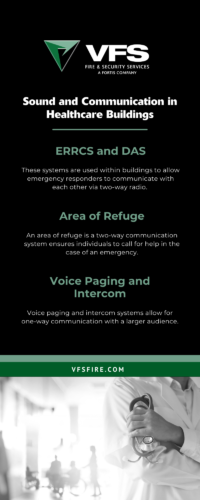




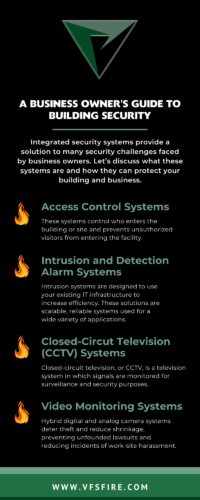
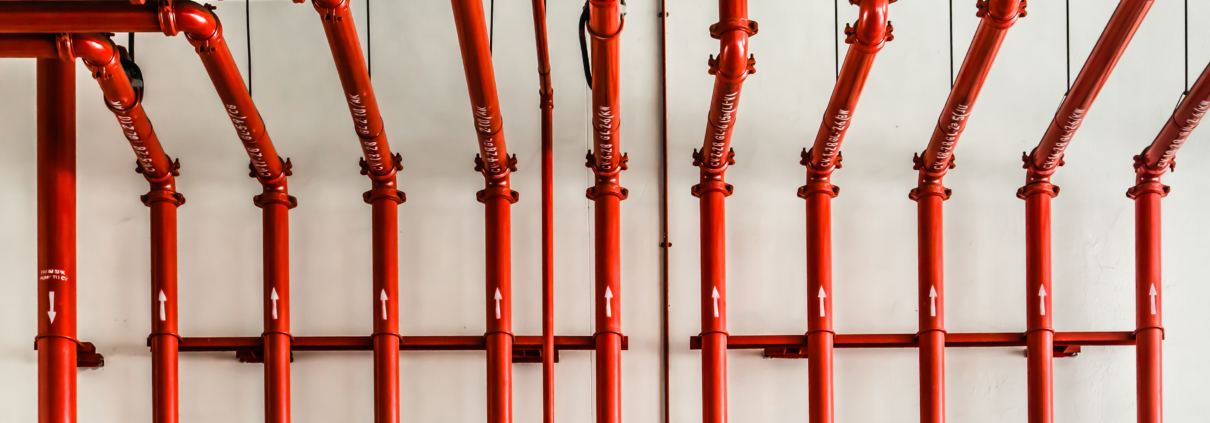
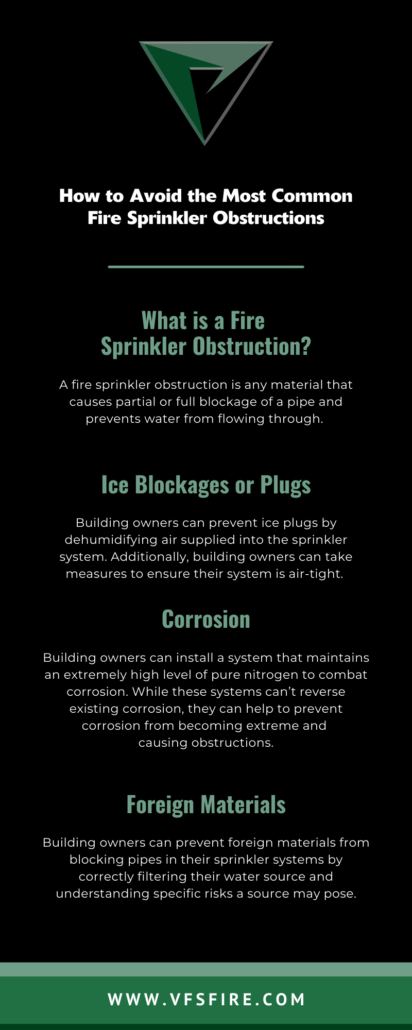
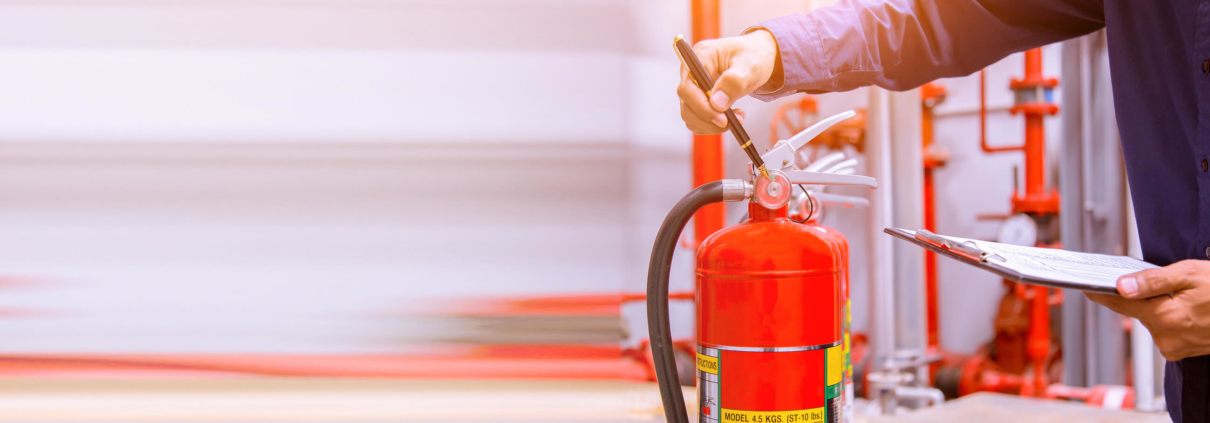
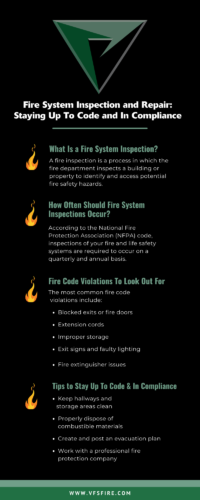
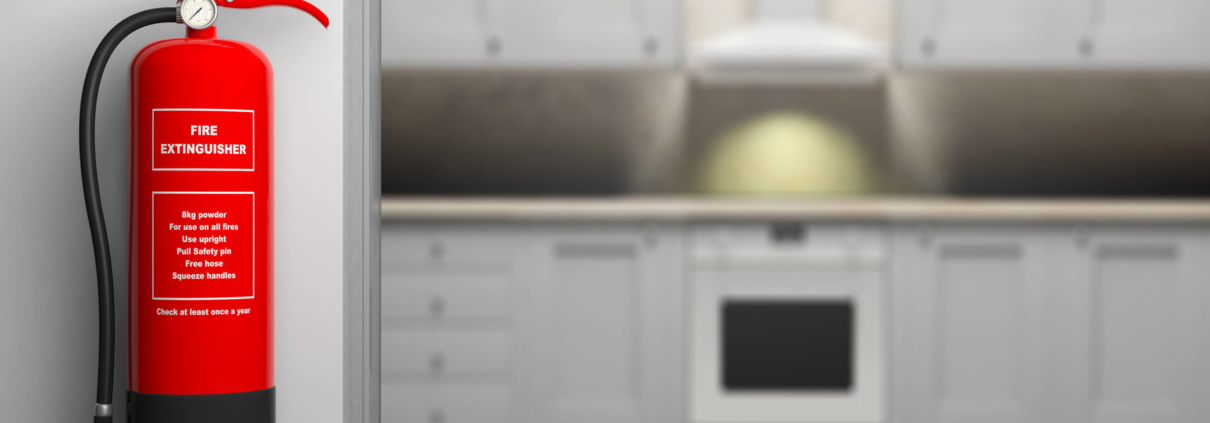
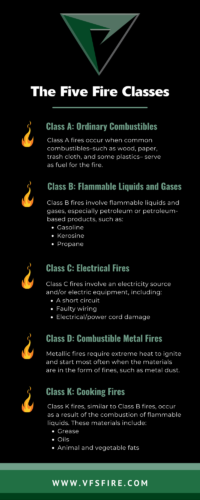

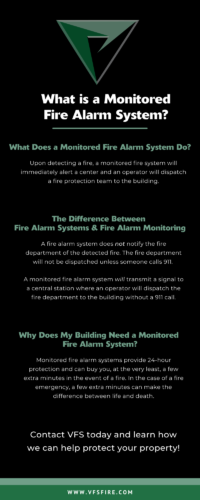
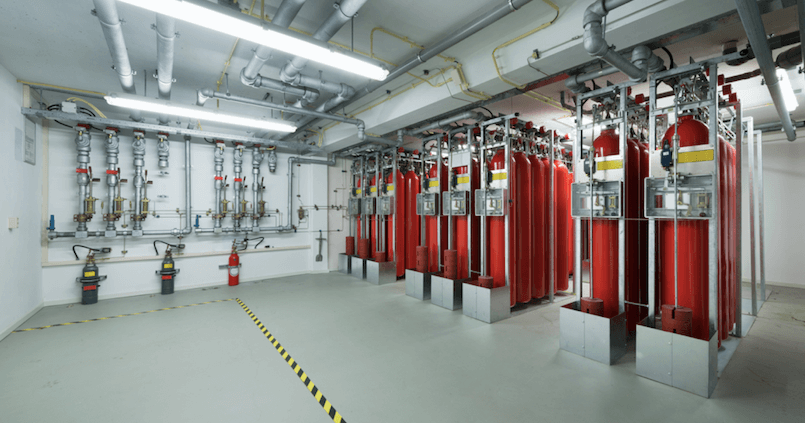
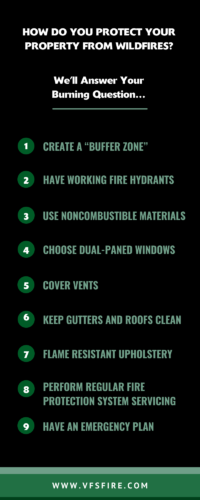
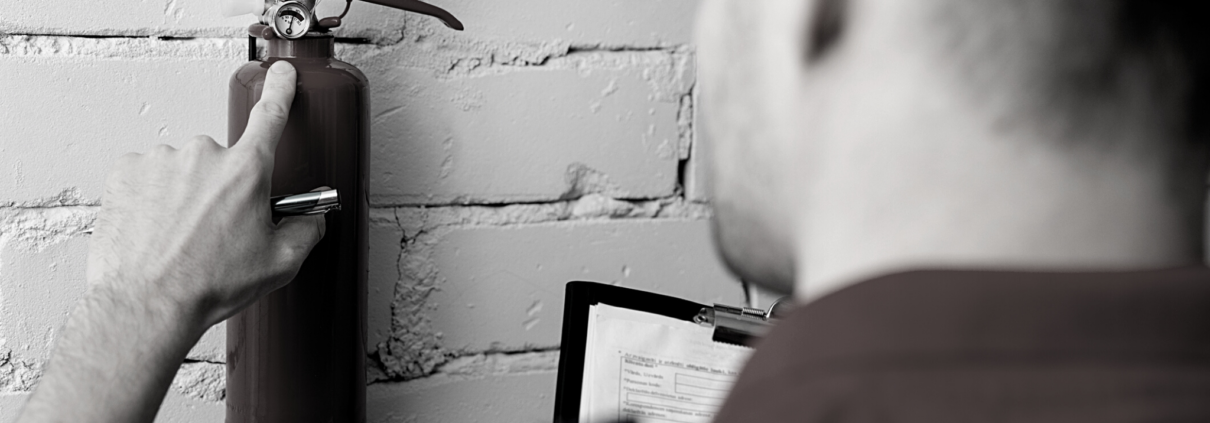
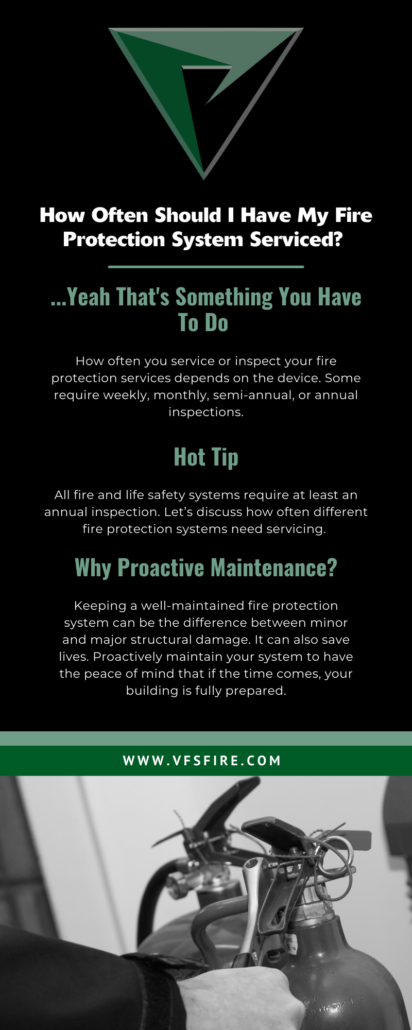 fire protection systems are no different.
fire protection systems are no different.